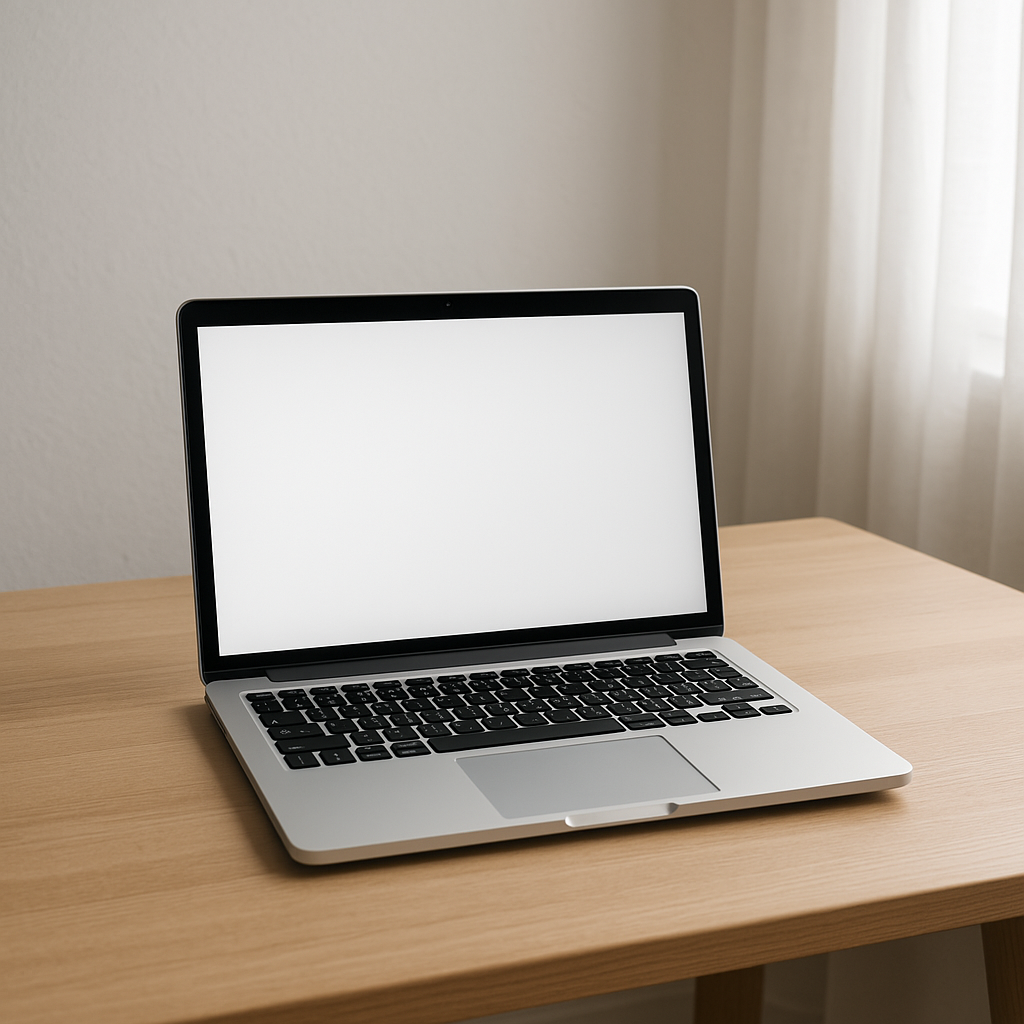How to Speed Up a Slow Laptop: Software Fixes and Hardware Upgrades?

When your laptop starts acting like it’s from the Stone Age—taking forever to boot, apps freezing mid-task, or fans blowing like it’s about to take off—it can be incredibly frustrating. At Computer Repair Sydney, we often see laptops that just need the right tune-up or a strategic upgrade to return to peak performance. The good news? You don’t always need a brand-new laptop to enjoy faster speeds. Whether it’s outdated software or aging hardware, we’ll walk you through everything you need to know to speed up a slow laptop.
Clean Up Your Startup Programs
Too many apps launching at startup can drag down performance. Your laptop is trying to do too much before you’ve even opened your browser.
How to Fix It?
-
On Windows: Press
Ctrl + Shift + Esc, go to the Startup tab, and disable unnecessary programs. -
On macOS: Go to System Preferences > Users & Groups > Login Items and remove items you don’t need.
Less baggage at startup = faster boot times.
Uninstall Unused Applications
It’s easy to collect software over the years that you don’t actually use. These apps take up space and sometimes run background processes that slow things down.
Steps to Uninstall
-
Windows: Go to Settings > Apps, then uninstall anything you don’t recognize or use.
-
macOS: Simply drag unwanted apps from the Applications folder into the Trash.
Clear Out Temporary Files
Temporary files are meant to be temporary—but they often stick around and pile up, hogging resources.
What You Can Do?
-
Use Disk Cleanup on Windows.
-
On Mac, use a tool like CleanMyMac or manually clear caches in ~/Library/Caches.
Check for Malware or Viruses
A sneaky virus or some adware might be causing the slowdown. Even if you’re careful, things slip through.
Quick Fix
Run a scan using:
-
Windows Defender
-
Malwarebytes
-
Bitdefender
If your scan detects something, remove it ASAP. A clean laptop is a fast laptop.
Update Your Operating System
You might think updates are annoying, but they often contain performance improvements and security patches.
-
Windows: Settings > Update & Security > Windows Update
-
macOS: System Preferences > Software Update
Stay current—your laptop will thank you.
Disable Visual Effects
Fancy animations and effects look nice but slow things down—especially on older systems.
Turn Them Off
-
Windows: Search “Adjust the appearance and performance of Windows,” then choose Adjust for best performance.
-
Mac: Disable animations via System Preferences > Accessibility > Display, check “Reduce motion.”
Increase Virtual Memory (Windows)
If you don’t have enough RAM, Windows uses part of your hard drive as “virtual RAM.”
Steps to Boost Virtual Memory
-
Search for “Performance” and click Adjust the appearance and performance of Windows.
-
Under the Advanced tab, click Change in the Virtual Memory section.
-
Uncheck “Automatically manage” and increase the size.
This gives your system more breathing room to juggle tasks.
Defragment Your Hard Drive (HDD only)
If your laptop uses a traditional hard drive, defragmenting helps organize data better, improving speed.
-
Go to This PC, right-click on the drive, choose Properties > Tools, and click Optimize.
Note: Don’t do this on SSDs—it’s unnecessary and could reduce their lifespan.
Upgrade to an SSD
This is hands-down one of the best ways to speed up a slow laptop. An SSD (Solid State Drive) is faster and more reliable than a traditional hard drive.
Benefits
-
Faster boot time
-
Quicker file access
-
Better multitasking
Even a low-cost SSD upgrade can feel like a new laptop.
Add More RAM
If your laptop struggles with multiple tabs or apps, adding more RAM gives it the room to breathe.
How Much RAM Is Enough?
-
4GB: Bare minimum
-
8GB: Ideal for everyday use
-
16GB+: Best for power users and gamers
Upgrading RAM is affordable and effective.
Replace or Upgrade Your CPU (Advanced)
This is only for advanced users or professionals. While not always possible in laptops, some models allow CPU upgrades.
What to Know?
-
Check if your laptop’s CPU is socketed (not soldered).
-
It’s often easier and more cost-effective to upgrade the whole machine.
Check Background Processes
Use Task Manager (Windows) or Activity Monitor (Mac) to see which apps are hogging your CPU, memory, or disk.
Close or uninstall the offenders. Sometimes, a buggy browser extension or auto-syncing cloud app is the culprit.
Update Your Drivers
Outdated drivers can cause slowdowns, especially for graphics and network performance.
-
Use tools like Driver Booster or go to the manufacturer’s website for manual updates.
Do a Fresh OS Install
If all else fails, start over. Back up your files and reinstall your operating system. This removes all the junk and resets everything.
-
Windows: Use the Reset This PC feature.
-
macOS: Use macOS Recovery.
A slow laptop doesn’t have to ruin your day. By using smart software fixes and investing in key hardware upgrades, you can breathe new life into an aging device. Whether you choose to clean up your system, boost your RAM, or install an SSD, the results can be game-changing.
At Computer Repairs Sydney, we specialize in helping you speed up slow laptops with expert services like laptop repair Sydney Service, laptop screen repair or replacement Sydney, and even Custom Gaming Computer Sydney builds tailored to your needs. So, if your laptop’s crawling, don’t panic—get in touch with the pros and get it back to blazing speed.
FAQs
Q1: How do I know if my laptop needs a RAM upgrade?
If your system slows down with multiple apps open or frequently uses all its memory, it’s time to upgrade.
Q2: Can a virus make my laptop slow?
Absolutely. Malware can run background processes that consume resources and slow everything down.
Q3: How long does it take to upgrade to an SSD?
With professional help, an SSD upgrade usually takes 1-2 hours and brings instant performance boosts.
Q4: Is it worth fixing an old laptop or should I buy a new one?
If the motherboard and core components are intact, upgrades like SSDs and RAM can give new life to old machines.
Q5: Do software fixes work as well as hardware upgrades?
Software fixes can give noticeable improvements, but combining them with hardware upgrades delivers the best results.






Leave a Comment